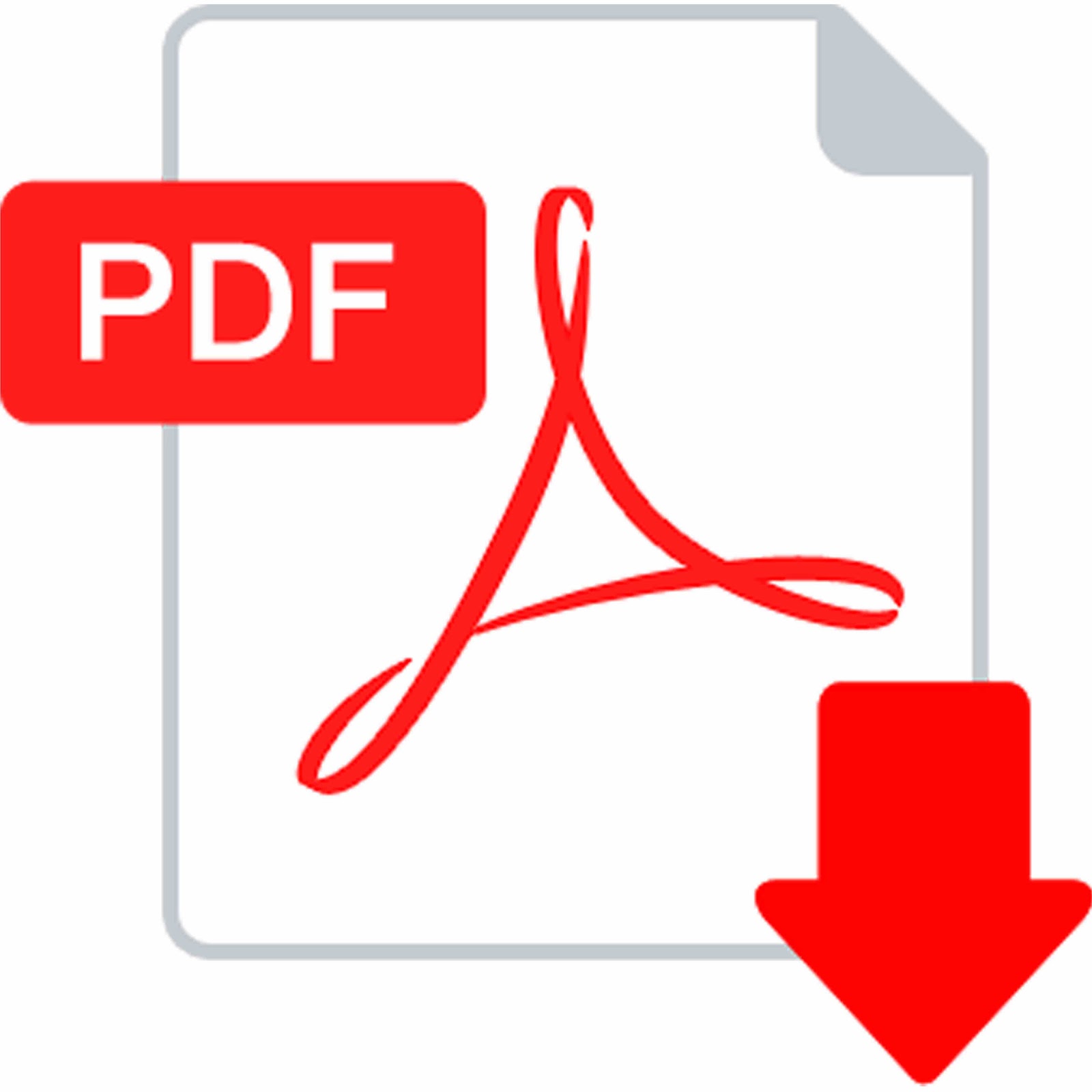Published 6 May 2022 | https://doi.org/10.1016/j.eclinm.2022.101439
Abstract
Background
(S)-ketamine is a glutamatergic drug with potent and rapid acting effects for the treatment of depression. Little is known about the effectiveness of intranasal (S)-ketamine for treating patients with comorbid depression and post-traumatic stress disorder (PTSD).
Methods
We performed a retrospective case series analysis of clinical outcomes in 35 Veterans with co-morbid depression and PTSD who were treated with intranasal (S)-ketamine treatments at the VA San Diego Neuromodulation Clinic between Jan 2020 and March 2021. Veterans were not randomized or blinded to treatment. The primary outcome measured was a change in patient health questionnaire-9 (PHQ-9) and PTSD Checklist for DSM-5 (PCL-5) scores across the first 8 treatments (induction period) using a repeated measures analysis of variance (ANOVA). In a smaller sub-group (n = 19) of Veterans who received at least 8 additional treatments, we analyzed whether intranasal (S)-ketamine continued to show treatment effects. Finally, we performed a sub-group and correlation analyses to understand how changes in PHQ-9 and PCL-5 scores were related across treatments.
Findings
During the induction phase of treatment there was an absolute reduction of 5.1 (SEM 0.7) on the patient health questionnaire-9 (PHQ-9) rating scale for depression, from 19.8 (SEM 0.7) at treatment 1 to 14.7 (SEM 0.8) at treatment 8 (week 4) (F(7238) = 8.3, p = 1e-6, partial η2 = 0.2). Five Veterans (14%) showed a clinically meaningful response (50% reduction in PHQ-9 score) at treatment 8. There was an absolute reduction of 15.5 +/- 2.4 on the patient checklist 5 (PCL-5) rating scale for PTSD, from 54.8 (SEM 2) at treatment 1 down to 39.3 (SEM 2.5) at treatment 8 (F(7238) = 15.5, p = 2e-7, partial η2 = 0.31). Sixteen Veterans (46%) showed a clinically meaningful response (reduction in PCL-5 of > 30%) in PTSD. Change in PHQ-9 correlated with change in PCL-5 at treatment 8 (r = 0.47, p = 0.005), but a decrease in PTSD symptoms were observable in some individuals with minimal anti-depressant response.
Interpretations
While this is an open-label retrospective analysis, our results indicate that both depression and PTSD symptoms in Veterans with dual-diagnoses may improve with repeated intranasal (S)-ketamine treatment. The effects of (S)-ketamine on PTSD symptoms were temporally and individually distinct from those on depression, suggesting potentially different modes of action on the two disorders. This work may warrant formal randomized controlled studies on the effects of intranasal (S)-ketamine for individuals with co-morbid MDD and PTSD.
Keywords: ketamine, PTSD, depression, veterans, Artin
